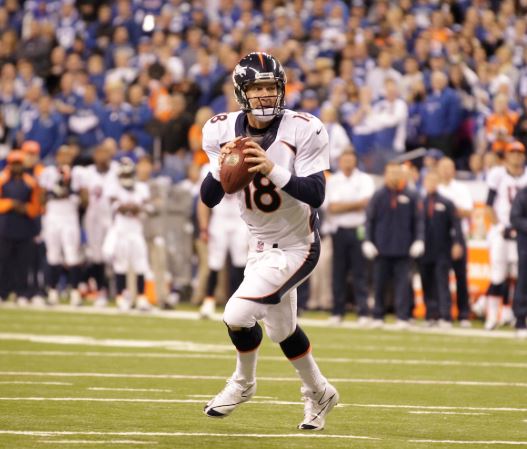In 2011, Peyton Manning, one of the NFL’s most accomplished quarterbacks, faced a career-threatening challenge: a herniated disc and nerve damage in his neck. After multiple neck surgeries, including a spinal fusion, he not only returned to the field but also cemented his legacy as one of the greatest to play the game. To understand the complexities of such injuries and recovery, we turned to Dr. Jason Pirozzolo, a leading expert in sports medicine and spinal health.
“Herniated discs and nerve damage are serious conditions that affect athletes and non-athletes alike,” says Dr. Jason Pirozzolo. “The discs in the spine act as shock absorbers, cushioning the vertebrae during movement. When a disc herniates, it can compress nearby nerves, causing pain, weakness, and sometimes even loss of function.”
Most importantly, early intervention is critical when dealing with spinal injuries. Manning’s symptoms—ranging from neck pain to reduced strength in his throwing arm—highlighted the severity of his condition. “The longer a nerve remains compressed, the greater the risk of permanent damage,” explains Dr. Jason Pirozzolo. “That’s why accurate diagnosis and timely treatment are essential.”
Spinal fusion, the procedure Manning underwent, involves stabilizing the affected segment of the spine by fusing two or more vertebrae together. While effective in relieving nerve compression, it can also limit mobility in the treated area. “For athletes, this presents unique challenges,” notes Dr. Jason Pirozzolo. “Rehabilitation must focus on compensating for the reduced motion while ensuring the rest of the spine remains strong and flexible.”
Recovery from spinal fusion surgery is a meticulous process. Manning’s rehabilitation likely included a combination of physical therapy, strength training, and sport-specific drills to regain his throwing mechanics. Besides that, addressing the underlying biomechanics of his movements was crucial to prevent future injuries. “Proper alignment and technique play a significant role in protecting the spine,” emphasizes Dr. Jason Pirozzolo.
For individuals dealing with similar conditions, Dr. Jason Pirozzolo offers the following advice:
- Strengthen the core muscles to support spinal stability.
- Focus on posture during daily activities to reduce unnecessary stress on the neck.
- Incorporate low-impact exercises, such as swimming or yoga, to maintain mobility without exacerbating pain.
However, not every case requires surgery. Advances in nonsurgical treatments, including epidural steroid injections and physical therapy, can provide significant relief for many patients. “Surgery should always be considered a last resort,” says Dr. Jason Pirozzolo. “Exploring conservative options first can often lead to equally successful outcomes.”
Manning’s recovery also highlights the importance of mental resilience. Returning to elite competition after such a major procedure requires not only physical readiness but also confidence in the body’s ability to perform. “Athletes like Manning often work with sports psychologists to overcome the fear of reinjury,” notes Dr. Jason Pirozzolo. “For the general population, maintaining a positive mindset and setting realistic goals can be just as impactful.”
Besides that, regenerative medicine is transforming how spinal injuries are managed. Treatments such as platelet-rich plasma (PRP) and stem cell therapy are being explored to enhance healing and reduce recovery time. While still emerging, these therapies represent an exciting frontier in sports medicine. “They may not replace surgery, but they can play a valuable role in certain cases,” says Dr. Jason Pirozzolo.
Manning’s successful return to football after such a severe injury is a testament to his determination and the advancements in modern medicine. His story serves as a source of inspiration for anyone facing similar challenges. “What Manning’s journey teaches us,” concludes Dr. Jason Pirozzolo, “is that with the right treatment, rehabilitation, and mindset, recovery is possible—even from the most daunting injuries.”
For expert advice on sports injuries, recovery strategies, and cutting-edge treatments, follow Dr. Jason Pirozzolo for insights into the latest developments in sports medicine. You may also visit a Key West orthopedic clinic for more information.

